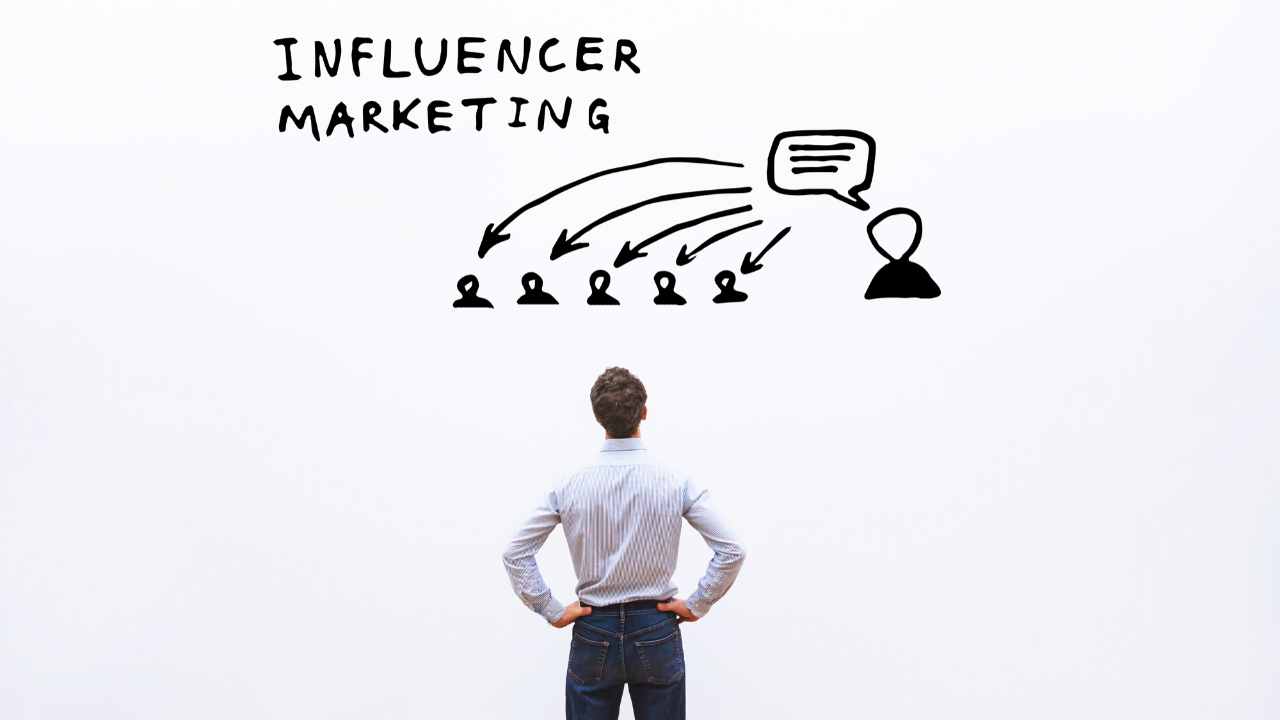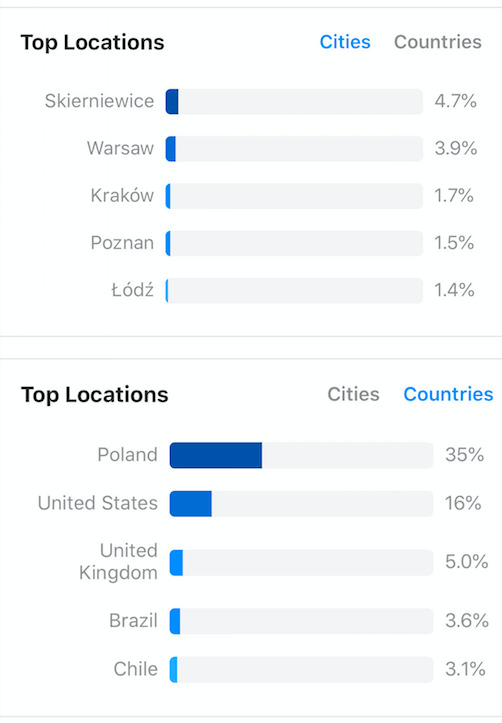
While many marketers recognize the relationship between native advertising (content marketing) and content marketing, do they believe there is causation? Native advertising can be very effective in certain situations. However, it can also be too sales-oriented and unhelpful. This is not always a good thing for advertisers and brands. That's why content marketing comes in. Joe Walsh believes that it is better for you to own your media and your audience.
Costs of content marketing vs. native advertising
When comparing the costs of content marketing versus native advertising, a higher budget may not always be the best option. While both methods can be effective, they are not necessarily equivalent. One advantage of content marketing is that it can generate a higher ROI, while native advertising can deliver guaranteed placement with big-name publishers. However, the overall costs of both options are higher. The key to making the right choice is to weigh the benefits and drawbacks of each.
Paid ads might be the best option for measuring the effectiveness of content marketing campaigns. Payed ads provide more organic traffic and a wider range of link options. Native advertising can be costly, costing tens or thousands of dollars. HubSpot has found that 93% businesses with marketing budgets over $1 to $5 Million are engaging in inbound advertising. This strategy can provide a high ROI and minimal risk.

Advertorials
There are many similarities in native advertising and content marketing. The major difference is that native advertisements are more often called sponsored content than ads. This makes them more convincing and users respond better to messages that are based on editorial content. Content marketing is the opposite. It involves inserting ads into original content. Both strategies have their advantages and can be used for specific brands or businesses. You may be wondering which strategy is better: these are examples of native advertising or content marketing.
Native advertising and content-marketing have similar goals. The main difference between native advertising and content marketing is that native content doesn't give publishers or brands full ownership, which reduces its potential for lasting value. They are therefore often used interchangeably. However, they have important differences. One example is that the effectiveness of content-marketing depends on the audience it targets. Native content may provide a short-term boost to your brand's effectiveness if it is relevant and useful for your target audience.
Engagement metrics are a better indicator of overall brand advantage
Although pageviews are a straightforward metric, they do not always indicate how effective a content marketing campaign. While increasing pageviews can increase traffic, it does not necessarily mean that the content is better. Time on page views per sessions and other engagement metrics provide greater insight into the effectiveness of a marketing program. Google Analytics and other tracking tools can be used to measure engagement.

Buyers now engage with content at their pace, jumping in and going out of the buying cycle in this digital media age. It's difficult to establish the number or "qualified buyers" from the actions they take on specific pieces of content. Engagement is a measure of how valuable the content is to your audience.
FAQ
What is the point of a content-marketing strategy?
Content marketing is more than just creating quality content. Instead, it's about engaging with people on an emotional level, helping them solve problems, and building relationships. This requires a sophisticated understanding of how people behave online.
This is exactly what Content Marketing Strategy is all about. A great Content Marketing Strategy helps you understand the psychology of customers so that you can best engage with them.
You can also improve your conversion rates to increase profits.
You might be asking yourself why you would invest in a Content Marketing Strategy, when so many options are available.
Content Marketing Strategy has a higher ROI than any other marketing method.
A well-executed, content-marketing strategy will make it easy to grow brand awareness and to sell products.
What amount should I spend on content marketing?
That depends on how many leads you want to generate. Depending on your industry, the average cost per lead is between $5 and $10. As an example, 20 dollars per lead was the cost of our first business. Today, we spend an average of $6-7 per lead.
What's the difference between content creation and content marketing?
Content marketing refers to the idea that great brands all have the same message. They continually deliver useful information that people want or need.
Content marketers are trained to create the right content at each time and for every channel.
They also understand how to develop an effective strategy around promotion and distribution.
They think strategically about their actions and the reasons they do them.
This is the core skill set needed to be a successful content marketer.
How can you create good content?
It is important to have interesting, useful and shareable content. The best content is clear and concise. It should include a call-to action such as a link, button, or link that allows readers to signup for a free trial, find out more about a product/purchase something from your site. Your content should include visuals to be easily shared on all platforms.
Statistics
- To further show the importance of this, 89% of people have stopped doing business with a company because of a poor experience. (neilpatel.com)
- Out of the 1,500 marketers we surveyed for our State of Content Marketing report, 78% who felt their content marketing strategy was exceptionally effective in 2021 had documented their strategy. (semrush.com)
- An example of an overarching goal could be: "In 2022, we want to achieve a 20% increase in revenue created by organic content and generate 15,000 MQLs with a budget of $30,000." (semrush.com)
- According to our research, 65% of companies with very successful content marketing in 2021 ran content audits at least twice a year. (semrush.com)
- Measure your goals with a progress indicator of 0-100%. Make your goals collaborative and transparent (semrush.com)
- This marketing strategy landed Ford a 15.4% conversion rate. (neilpatel.com)
- According to our research, brand awareness, attracting traffic, and generating leads remain the key content marketing goals in 2022. (semrush.com)
- We found that 40% of businesses don't have a documented strategy yet. (semrush.com)
External Links
How To
What is a content marketing plan?
A content marketing strategy (CMP) helps you set your goals and objectives. It also gives you strategies to develop and execute your online presence. It is a plan for how to reach those goals via content creation and distribution.
The CMP usually breaks down into three major areas:
-
Your overall strategy - What are you looking to achieve?
-
Your content strategy: Where do you find the right people to create, curate, or distribute your content?
-
The strategies you'll use in order to implement your strategy. What channels will your content be shared on? What type of content will your produce?
These four components are essential for a CMP to be effective.
-
Goal Setting: Define your audience and define KPIs to measure success.
-
Audience research - Get to know your ideal clients so you can pinpoint the right places to search for them.
-
Strategy - Have a clear vision about where you want to go. Divide it into smaller chunks.
-
Execution - Be realistic about your expectations and when you will see the results of your efforts.